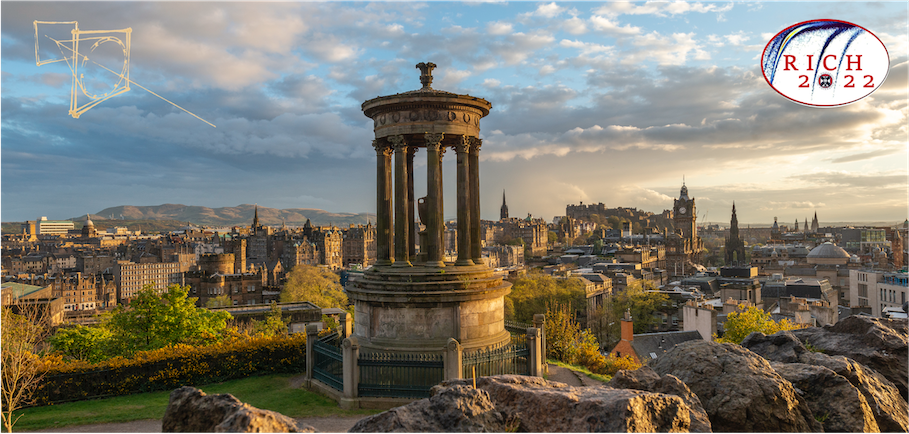Speaker
Description
The next-generation nuclear physics facility in the United States will be the Electron-Ion Collider (EIC), scheduled to be built at Brookhaven National Laboratory (BNL).
%The EIC will be a powerful new high-luminosity facility with the capability to collide high-energy electron beams with high-energy proton and ion beams, providing access to those regions in the nucleon and nuclei where their structure is dominated by gluons. Excellent particle identification (PID) is one of the key requirement for the EIC central detector. Identification of the hadrons in the final state is critical to study how different quark flavors contribute to nucleon properties. A detector using the Detection of Internally Reflected Cherenkov light (DIRC) principle, with a radial size of only 7-8 cm, is a very attractive solution to meet these requirements. The R$\&$D program performed by the EIC PID collaboration (eRD14 and eRD103) is focused on developing a high-performance DIRC (hpDIRC) detector that would extend the momentum coverage well beyond the state-of-the-art 3 standard deviations or more separation of $\pi/K$ up to 6~GeV/$c$, and contribute to low momentum $e/\pi$ separation. Key components of the hpDIRC detector are a 3-layer compound lens and small pixel-size photo-sensors. Currently, the hpDIRC R&D program is focused on developing and validating the radiation hard 3-layer lens, quality assurance of the BaBar DIRC radiation bars, and the early stage of the hpDIRC prototype program with Cosmic Ray Telescope at Stony Brook University, in preparation for beam tests at Fermilab in 2023 and 2024.
